Bedding Care Checklist for Healthcare Facilities
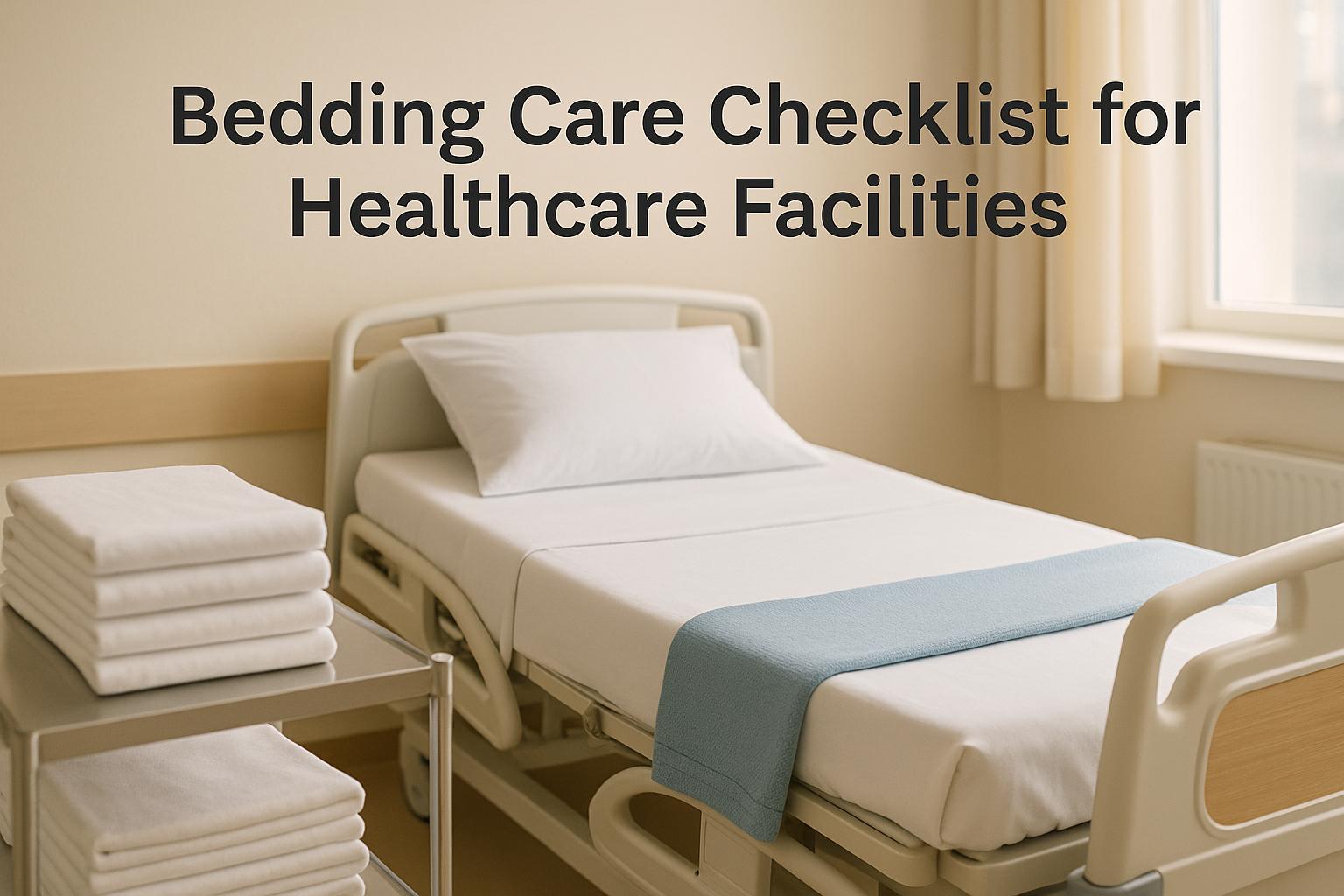
Keeping beds clean and safe in places where people get care is key for patient comfort, fighting germs, and working well. This guide makes bed care easier, focusing on simple steps for cleanliness, patient respect, and keeping workers safe. Main points include:
- Why it's important: Taking care of beds stops infections, protects the skin, and saves time and money.
-
Steps to follow:
- Look over and clean mattresses after each use.
- Use bedsheets that resist water or are easy to clean.
- Carefully handle and keep all clean and dirty linens.
- Use strong cleaning rules to kill germs.
- Often check and get rid of old bedding.
- Patient skin care: Smooth sheets, dry skin, and careful moves cut down on skin hurts.
- Staff training: Ongoing learning and checks keep quality high.
For places, picking between sheets you can use many times and throw-away options like PeelAways hangs on cost, need for cleanliness, and how the place runs. Sheets you wash and keep need these steps, while throw-away sheets give quick, clean answers. Both have good and not-so-good parts, but throw-away sheets make care easier and cut down on germ spread.
Good bed care means better results for patients, easier work, and less money spent. Focus on plain steps, regular checks, and training workers to keep standards high.
Make an Occupied Bed CNA Skill Prometric
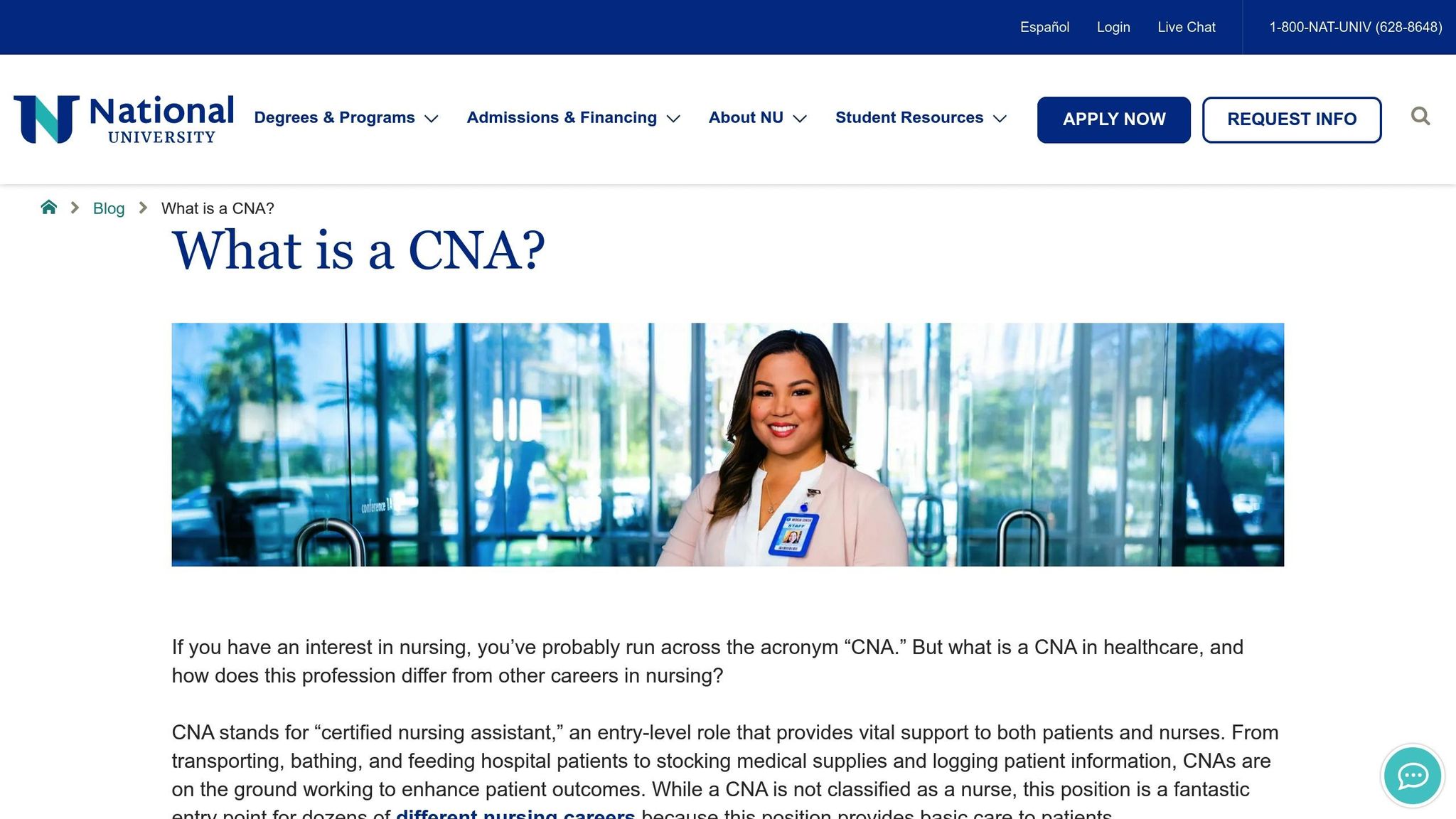
Easy Bedding Care List
Keeping your bedding clean is key for staying healthy, comfy, and safe. Here is a simple list to help you from the start to keeping things neat.
1. Get the Bed Ready
After someone leaves the bed or after a spill, check the mattress for any spots, smells, or tears that might hide germs. Write down any problems you see.
Wash the top of the mattress well with EPA-okay cleaners. Look closely at seams and edges where wet might stay. Let the mattress dry in the air fully before you put on new bedding.
When making the bed, lay things in this order: first, a cover that blocks water, then thick pads (if you need them), and last, the fitted sheet. Look over everything to make sure it's even and flat since it stops hurt to the skin. Say the bed is "ready" only when all is set right.
2. Stop Spills for Bed-Wetters
PeelAways multi-layer sheets are a smart pick instead of usual ways, making things easier. These sheets have up to 7 layers that block water, depending on their size. When there's a spill, just pull off the top sheet to find a clean one below.
To make work easy, don’t lift the mattress when setting it up. Put wet-block pads under the upper body and hips, and more at the bed end, where wet moves to.
Keep all stuff safe and clean to keep good hygiene.
3. Move and Store Sheets Right
Put dirty sheets in a safe bag at once to stop germs from spreading. Avoid filling the bags too much - keep them at 75% full max.
Have different spots for somewhat dirty and very dirty sheets. Normal dirty ones just get washed, but really dirty ones need special care as per your place’s rules.
Keep clean sheets in cupboards off the floor (at least 18 inches up) and not too close to water pipes (keep 24 inches clear). Keep the air dry (under 70% wet) to stop mold. Use tools to dry out the air if you need to.
Watch how many sheets you have to help the place run well and keep everyone happy.
4. Clean and Wash Right
Follow your place's rules for keeping things germ-free. Use the right warm water, soaps, and cleaners to kill germs well. For very dirty stuff, use strong cleaners first, then special wash solutions that EPA says are OK. Make sure sheets are all the way dry before you store them to keep away germs.
Don't mix different cleaners as it can be dangerous.
If you use one-time bedding like PeelAways, no washing needed. This saves water and keeps staff from handling too many chemicals.
5. Look Over, Change, and Keep Bedding Good
Often look at bedding that can be used more than once for signs of use, such as thin fabric, seams coming apart, or marks that stay. Change your bedding using a first-in, first-out plan to keep things good and work well.
For beds with a water-safe cover, follow what the maker says about how long it can last. Check them from time to time by putting a bit of water on top - if it soaks in, the cover may not work well anymore.
Keep clear notes of all checks, changes, and upkeep tasks. Writing these steps down makes sure you meet rules and helps make bed care better.
Improve Patient Care: Prevent Pressure Injuries and Skin Damage
Taking good care of bed sheets is key to keep patient skin safe and cut the risk of pressure injuries. When patients stay in bed for long spans, their skin is at more risk of harm from steady pressure, wetness, and rubbing.
A flat sleeping area is a simple way to stop skin damage. Wrinkled sheets can make pressure points, mostly over bony spots like hips, heels, and shoulders. Make sure bedding is flat and smooth. If you see wrinkles while checking, fix them at once.
It's also key to keep the bed clear of things not needed. Stuff like pens or coins can bug the skin or even make pressure points. Often look over the bedding to take out anything that should not be there.
When moving a patient, always lift them or use a draw sheet. Pulling can lead to rubbing, which ups the risk of pressure sores [1]. Also, keep the bed head up at a small angle to stop sliding, which can stress the skin more [1].
Clothes affect skin health too. Make sure gowns and pajamas fit right and skip clothes with big seams, metal, or big pockets that could press on the skin. Also, look for folds or wrinkles in clothes, mostly in spots that get pressured a lot [1].
To guard bony spots, use pillows or foam pads. They help avoid skin-on-skin touch and cut the risk of rubbing, which helps keep skin dry [1].
Keeping skin dry is vital for skin health. When skin stays wet for too long, it gets weak and more likely to get hurt. Items like PeelAways sheets help - caregivers can peel off dirty layers without bothering the patient, keeping the skin dry.
When giving skin care, be gentle. Don’t rub too hard, as it can hurt soft skin [2].
Multi-layer sheets also help in patient care. They let you change sheets fast without needing to lift the patient, easing both caregiver strain and patient skin stress. This method boosts comfort, cuts needless moves, and helps skin health and patient wellness.
sbb-itb-45288fe
Records, Checks, and Teaching Staff
Good record-keeping is key to taking care of beds in places where people get health help. Good records let staff see when beds are changed, what is used, and any problems. This makes a sure record, helping teams see trends and fix issues early.
Places where you get health help should keep logs with the day and time of each bed change, why it was changed, and the worker in charge. For changes due to leaks, notes should talk about the type and how much of the leak, what was used to block it, and how the person's skin looked. This info helps make better care choices and points out those who may need more help.
Digital ways to keep track are better than old paper logs. Many places now use digital health records, letting workers add care details right by the bed. This cuts down the chance of missing data and makes sure all team members get the new info fast.
Regular checks are key to keep up high standards. Do checks every month to make sure that workers do the right steps when handling dirty linens, wear the right safety gear, and follow clean rules. Checks should also confirm that beds have the right shields, linens are changed when planned, and records are good. Sharing check results helps fix gaps fast and lays the base for focused teaching and skill checks.
Teaching staff is key, covering both the "how" and "why" of bed care. New staff need hands-on work with different bed shields, such as those with many layers like PeelAways. Teaching should show how to put on water blockers, how to lay layers well, and how to use soaking stuff right.
Ongoing learning keeps staff up-to-date on new stuff and best work ways. Monthly teach times can focus on certain topics, like safe ways to lift when changing sheets, seeing early skin issues, or new clean rules. These times work best when they have "show and tell" parts and let workers talk about real tough stuff they face.
Teaching all workers the same makes sure care is the same no matter the shift. Giving the same teaching to everyone means people get the same care all the time. Teaching logs should track who has done what class and when they need a new one. Many places want yearly check-ups for bed care steps, plus extra teaching for new stuff or changes.
Skill checks are a good tool to find workers who may need more help. These tests should check both knowing stuff and doing things, like putting bed shields right or changing sheets without moving the person wrongly.
Clear, easy rules and steps act as a guide for workers. These should give step by step help for usual tasks, like getting a bed ready for someone with leaks or dealing with very dirty linens. Pictures and how-to charts can make these guides easier to use, mainly when it's busy.
Staff meet-ups help fix bed care issues, share good ways to solve them, and talk about trends in work times. Projects to make care better can focus on certain problems. For example, if a team sees more bed sores, they can check bed rules, look at how well rules are followed, and start more training. Record data is key in seeing trends and knowing how well these plans work.
Reusable vs. Multi-Layer Disposable Bedding Solutions
##One-Time Use vs. Many-Time Use Bedding Choices
In health places, the way you deal with bedding is key. Do you keep using the old cloth ones or switch to new one-use types like PeelAways? Each way has its good and bad sides that touch how well you care for people, how much work staff has, and how much you pay.
###Old Cloth Bedding: The Usual Way
With cloth bedding, you must take off used ones, put them in bags, wash them, and give out clean ones. This way has been around for a long time, but it's not all good. It takes a lot of work, needs big wash places, and may up the chance of germs moving from one to another due to all the steps.
###The Good in PeelAways: One-Use Bedding
PeelAways make things easy. They are made of layers you can peel off. When one gets dirty, you just take off that top part and a clean one is there. No need to lift a lot, bag, or send it to wash. You just throw the used part away as per med waste rules, so it cuts down on risk and touch.
Look at these differences:
| Factor | Old Bedding | PeelAways Bedding |
|---|---|---|
| Time Needed | Long steps to clean | Just pull off top layer |
| Work to Do | A lot - remove, wash, and put back | Little - just remove and throw away |
| Risk of Germs | More, as touched often | Less, as touched less |
| Need for Other Things | Must have places to wash, carry, and keep | Just need a place to toss waste |
| Harm to Earth | Uses lots of water, soap, and power | No wash needed; can break down, return to earth |
Costs and Use
At first, it looks like washable sheets cost less. But costs for work, power, and fixing stuff can go up fast. PeelAways, with its many layers, cuts these costs by using less work and power. Also, this throw-away system doesn't need lots of water and power to wash it, making it a green choice with stuff that breaks down on its own.
Helping Staff and Work Flow
Changing old bedsheets can be tough on staff, needing them to lift a lot and do many steps. PeelAways makes this easier, takes off strain, and helps staff work better. With no need to wait for washed sheets, staff can give more time to caring for the sick.
Keeping Clean and Safe
Stopping the spread of germs is very important in places where people get care, and systems like PeelAways have a big plus. Each new layer gives a clean spot right away, with no worry about germs left after washing. Unlike washable things that need good washing every time, PeelAways gives a sure clean level each time you peel off a layer.
Easy Stock Keeping
It's easier to keep stock with PeelAways. Instead of having lots of sheets in many sizes, places only need a small stock of these layered sheets. This makes it easier to order, store, and replace them, saving time and work.
Picking the Best System for Your Place
Choosing between washable and throw-away sheets depends on the size of the place, what the sick need, and what the place wants most. Big places with their own washing might like washable sheets for normal times. But places with a lot of risks, places for long-term care, and smaller places might find PeelAways better and more helpful. Plus, in busy times, throw-away sheets are ready right away, making rooms ready faster and helping work flow.
Conclusion: Good Bed Care for Better Patient Health
Good bed care is key. It does more than keep people safe - it makes things run smooth in health care spots. By looking at important steps like quick bed prep, stopping leaks, right linen use, deep cleaning, and checking beds often, places can boost safety for people and how well work flows.
PeelAways has a smart fix with its top layer you can peel off fast. It cuts down on the time you need to handle it, lowers the chance of germs spreading, and keeps people dry until you change all the linens. It fits right in with must-do steps like using covers that keep water out and cleaning how the maker says to.
Places that use a clear plan for bed care often see real perks, like faster bed prep, fewer times you need a new mattress because the water barrier stays okay, and better audit scores from steady records. Doing checks often also drops the cost of upkeeping and less time fixing gear.
Keeping up strict safety rules is a must. Workers need to follow right steps in handling, keep linens in clean spots, and make sure washing hits the right heat and chemical mix needed for the gear.
To keep doing better, spots should have clear, well-listed ways to do things and keep training their people. A short test run - 60 to 90 days in one part - can track stuff like how fast beds are ready, if mattresses are okay, and how well staff do. Good outcomes can then be used all over the place, making sure care and how things run keep getting better.
FAQs
How can places where folks get care stop hurt to skin from bad bed care?
To protect from skin hurts, it's key to move patients often - at least every two hours while in bed and every hour when in a chair. This act cuts down on too much pressure on gentle spots and helps with good blood flow.
Also, beds that ease pressure like special mattresses, extra layers, or smooth bed clothes can give more guard by lessening the push on the skin. Staying clean is big too: wash skin right away after any wet leaks and keep it soft with good soaps and wet lotions. These steps can help keep skin okay and lower the chance of damage.
Related posts
Comments
0

SAVE MONEY & WATER
Professionals & Institutions save a fortune on labor/laundry.
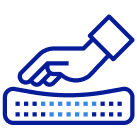
SUPERIOR COMFORT
The first thing our customers notice is how soft our sheets are.
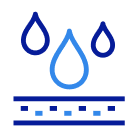
100% WATERPROOF
Each layer is 100% Waterproof, perfect for spills and accidents
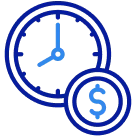
SAVE TIME
Change the sheet in under 1 minute without stripping the bed.
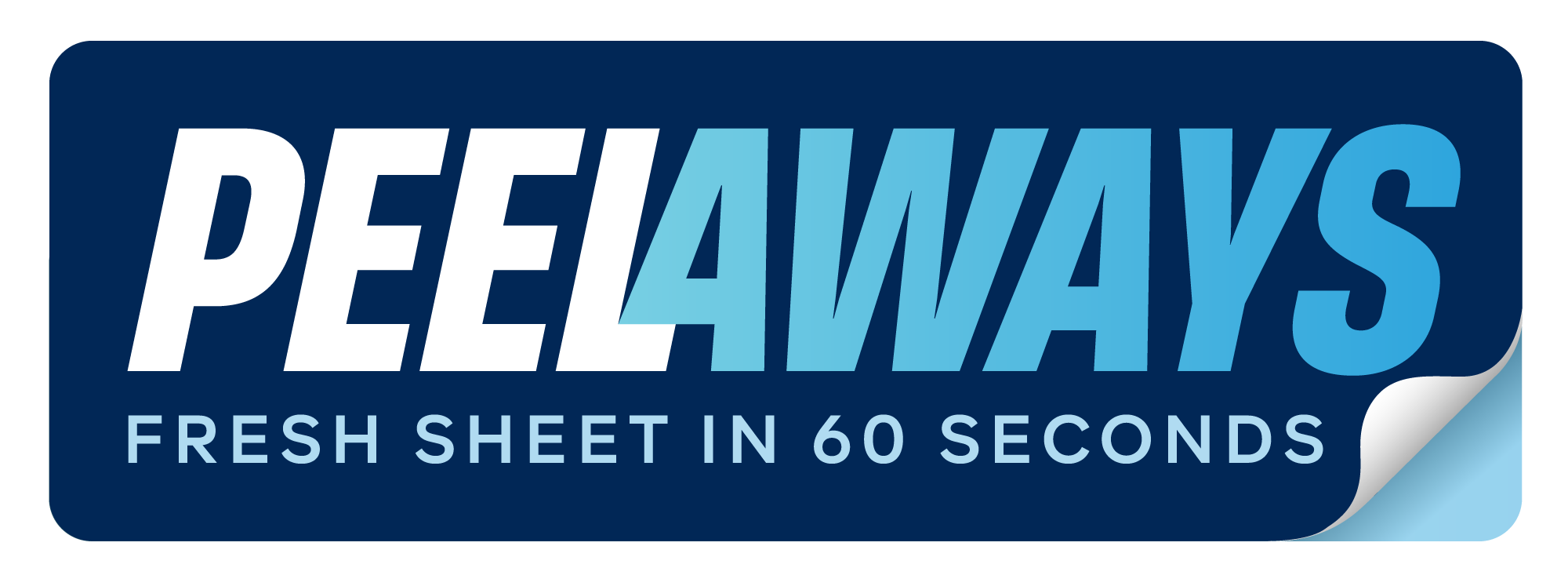



Leave a comment